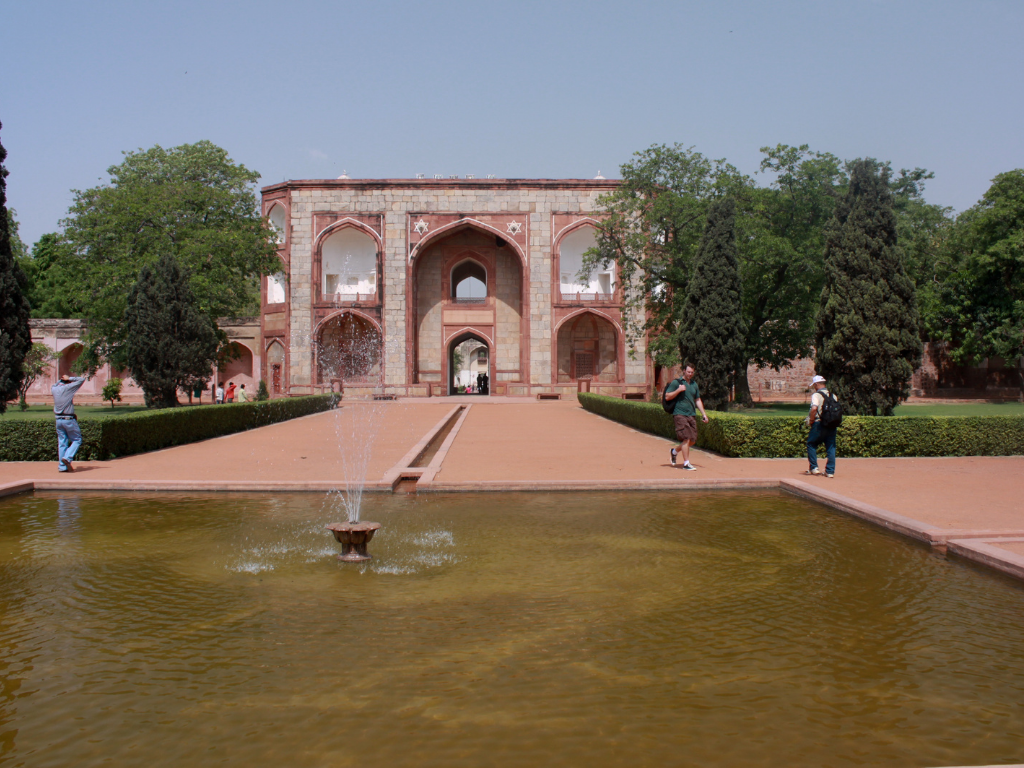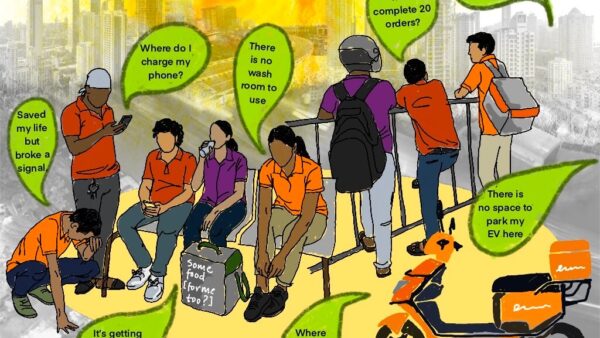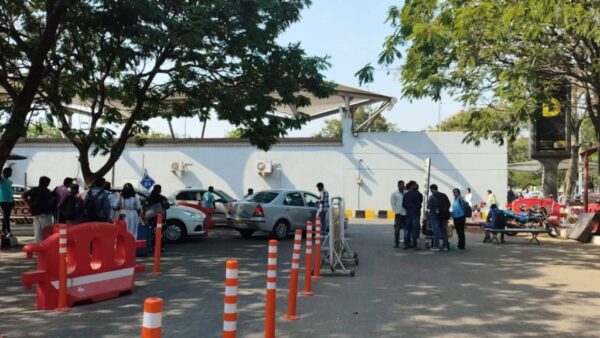India’s capital sizzled this summer, not with politics, but with rising temperatures and scorching heat. May 14th saw the mercury breach 44 degrees Celsius; it hit 49.2 degrees Celsius later in the month. There were days of intense and unbearable heat followed by rain and storms. Delhi was not the outlier city; much of north and central India had readings in the mid to high 40s. Temperatures elsewhere in the country, including parts of Haryana, Punjab, Bihar, Odisha, and even conventionally cooler states such as Himachal Pradesh and Uttarakhand, soared beyond their normal. As many as 15 states were affected, according to this analysis. [1]
It was the fifth heat wave since March this year when the hotter-than-usual summer began early with daytime temperatures breaking the 122-year-old record for that month. Geo satellite images for India and Pakistan, which showed large and deep waves of red and orange through April-May, were a rude awakening. The severe heat and unrelenting heat waves caused loss of life – media reports estimated 90 dead across India and Pakistan but this is the proverbial tip of the iceberg – and economic distress especially to the most vulnerable people such as infants and the elderly, informal workers in cities and agricultural workers in villages who are forced to be outdoors during the hottest hours of the day. An estimated 300 million plus were affected in some way by the recurring heat waves.
Heat waves are not unusual in India. What stung this summer is the intensity and frequency with which they occurred. They were in line with the trend of the past few years. Climate scientists say that this is merely the start of the phenomenon in which intense and multiple heat waves, that span well across summer months, will be the norm. Prepare for 45 degrees Celsius, or better still, be ready for 51 degrees Celsius in the next two decades, they caution. It’s not just the heat. Intense heat waves were followed by days of rain and thunder showers in large parts of the country. Then, the mercury soared again.
Heat waves in large parts of the country are exacerbated by the Urban Heat Island (UHI) effect. The UHI, now witnessed across the world, is when cities or urban areas are considerably warmer – by 2 to 6 degrees Celsius – than nearby non-urban areas. A complex set of factors lead to UHI effect: cities have more spatial area with built environment (physical infrastructure, buildings and roads) which absorb and re-emit daytime heat, denudation of natural forest or green and open areas, construction materials such as concrete and asphalt which trap heat below surface, and large densities of population and buildings which exacerbate it. The “heat islands” stay warm through the night, raising night-time temperatures too. Available research suggests that the UHI effect is likely to strengthen in the future as cities expand to have more construction often at the cost of natural and green areas.
*********************
The scorching heat waves were made 30 times more likely by Climate Change as an impact of global warming, said scientists in a rapid-response report late May. Global warming of 1.2 degrees Celsius to date has shortened what’s referred to as “return period” for extreme heat of similar duration and intensity to once in a century compared to the once in 3,000 years estimated earlier, scientists at the World Weather Attribution said.
Extreme weather events including intense heat waves, among other manifestations of Climate Change were flagged off years ago during conferences of the Intergovernmental Panel on Climate Change (IPCC). The science behind these was clear in the IPCC Working Group I report “Climate Change 2021: the Physical Science Basis” last August. The IPCC report was categorical: Climate Change was widespread, rapid and intensifying.
It sealed the debate – or should have. Climate deniers or climate dodgers are still around us but the climate science is the most convincing it has ever been. “Climate Change is already affecting every region on earth, in multiple ways. The changes we experience will increase with additional warming,” said IPCC Working Group I Co-Chair Panmao Zhai, at the release of the report.
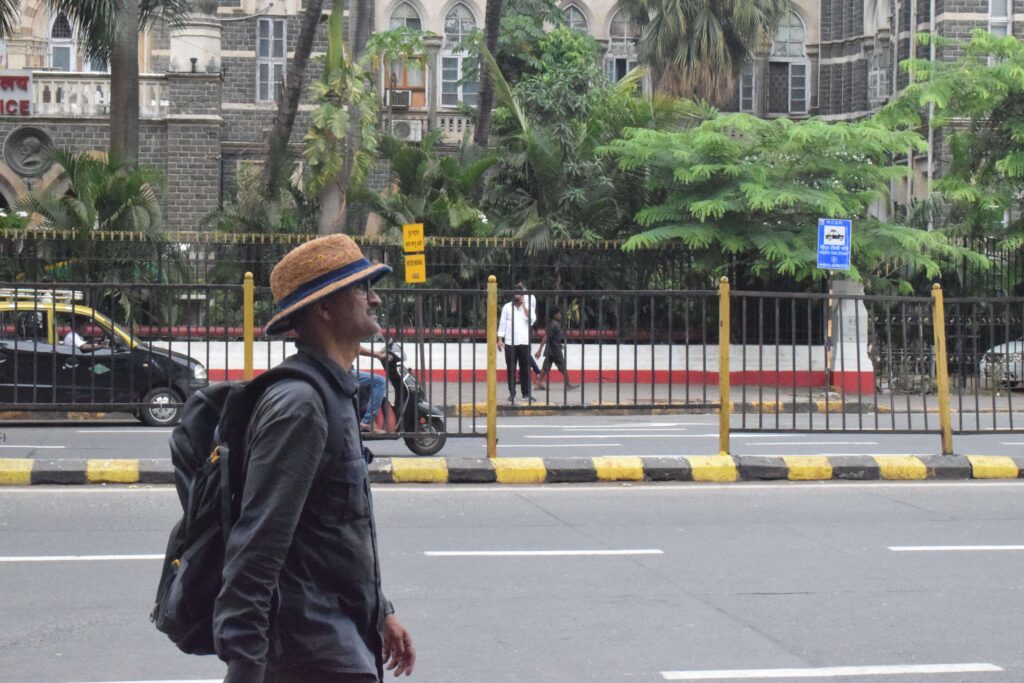
Photo: Dnyaneshwari Burghate
This was part of the Sixth Assessment Report (AR6), a rigorous assessment cycle across different regions of the world, which began in 2015 and has produced a series of reports since. “Urbanisation has exacerbated the effects of global warming in cities,” stated the report. Together, the AR6 reports make the following points about Climate Change and urbanisation:
- Climate changes will increase in all regions of the world. Two scenarios are likely: For 1.5 degrees Celsius of global warming, heat waves are likely to increase, and the world will see longer warm seasons and shorter cold seasons; if global warming reaches 2 degrees Celsius, then heat extremes would touch the critical tolerance level for agriculture and human health.
- Along with rising temperatures and heat waves, there will be a range of climatic changes in winds, snow and ice, coastal areas and oceans, and wetness and dryness across different regions of the world.
- Compared to present day, large implications are expected from the combination of future urban development and more frequent occurrence of extreme climate events, such as heatwaves, with more hot days and warm nights adding to heat stress in cities.
- Cities are warmer than their surrounding rural areas due to the Urban Heat Island effect.
- The Urban Heat Island effect in cities can partly be attributed to urbanisation which has exacerbated changes in temperature extremes in cities, in particular for night-time extremes.
- Urbanisation also alters the water cycle of the region. It can induce urban dryness island, a phenomenon where lower humidity values are observed in cities relative to more rural locations, and to slower wind speed compared to adjacent countryside.
- Future urbanisation will “amplify the projected air temperature change in cities” regardless of the climate, which will result in warmer minimum temperatures – that’s warmer nights and shorter winters.
*********************
A rise in daytime temperatures by nearly two degrees was established for most of 44 major cities from 2001 to 2017 in an IIT-Kharagpur study two years ago. Analysed from satellite measurements in monsoon and post-monsoon period data, the study spoke about relatively warmer temperatures in urban areas compared to nearby areas. Cities with populations of more than one million have shown a rise in daytime temperatures as well as higher night-time temperatures.
Called ‘Anthropogenic forcing exacerbating the urban heat islands in India’, the study observed that the relatively warmer temperatures in cities, combined with heat waves and pollution, may carry potential health hazards for millions. Professor Arun Chakraborty, an author of the study told the press [2] then, “Our research is a detailed and careful analysis of urban heat islands in India. We study the difference between urban and surrounding rural land surface temperatures, across all seasons in 44 major cities from 2001 to 2017…For the first time, we have found evidence of mean day-time temperature of surface urban heat island (UHI Intensity) going up to 2 degrees C for most cities, as analysed from satellite temperature measurements in monsoon and post monsoon periods.”
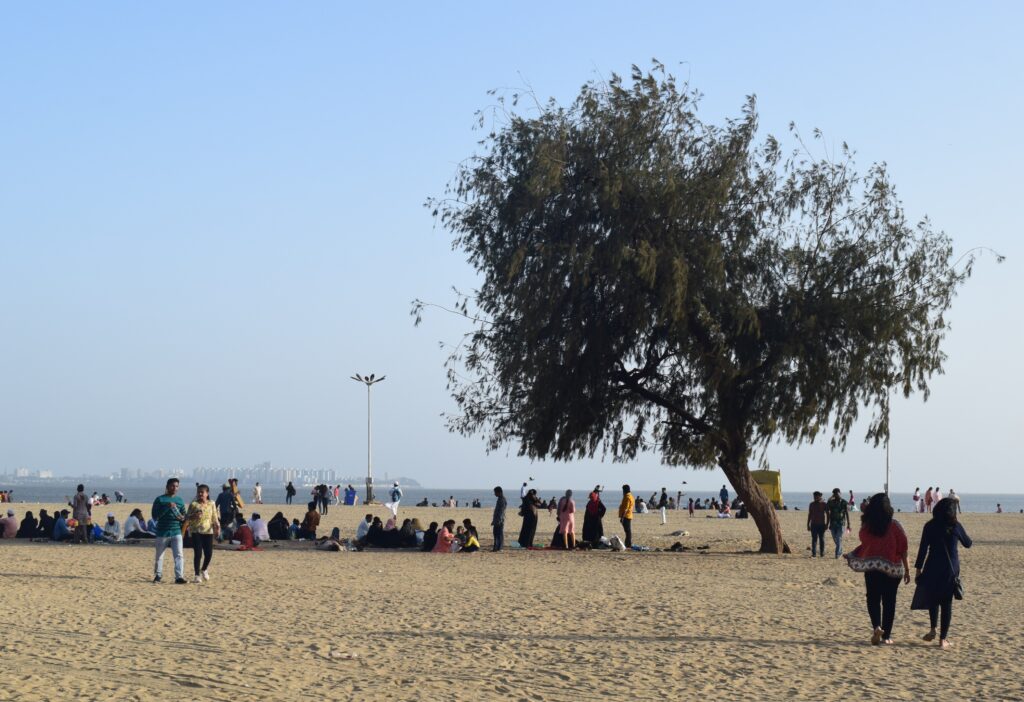
Photo: Dnyaneshwari Burghate
In cities surrounded by large outer or suburban areas with abundant green cover, or green areas untouched by urban sprawl and its constructions, there is “an enhanced cooling effect on surface during daytime” compared to cities in arid regions, the researchers found. The study cited examples of Pune and Guwahati for the former. More green spaces within and around cities, and conservation or recharging of water bodies are suggested ways to combat the Urban Heat Island effect and rising warmer temperatures.
India was at the top of the list of nine countries marked as “Critical 9” for the largest number of people at high risk from rising temperatures and without access to cooling, according to a report [3] by SE4ALL, an UN-supported organisation.
More than 320 million people across India face high risk from the double whammy of extreme heat and lack of access to cooling equipment (such as fans or refrigerators) or assured power supply, found the study. A staggering 1.22 billion across the world are at high risk for this situation by 2030, it projected. Even if the relevant Sustainable Development Goals (SDGs) are achieved, this would reduce to nearly 745 million but, crucially, more than 90 per cent of them would be among the urban poor.
Climate justice for the socially vulnerable people struggling through heat waves – often referred to heat stress – was the subject of a study [4] last year which examined Delhi closely given its attraction for migrant workers in recent years, most of whom fall in the socio-economic vulnerable category.
Climate Change across the world has led to an increase in the baseline temperatures in countries which have some of the densest and most rapidly urbanising cities. This exposes a large number of people to mean annual temperatures warmer than the present. “This trend has raised concerns about climate injustice—the extent to which socially vulnerable groups are more likely to be exposed to the negative consequences of elevated temperatures while also being less likely to mitigate its harmful effects,” notes the study.
The findings from Delhi show that “vulnerable demographic and economic groups are less likely to be able to mitigate heat stress as they comprise young children, outdoor agricultural workers, and households lacking assets and electricity, so that a situation of climate injustice is very clearly demonstrated. Poised to become the most populous city in the world by 2030, it is likely that impervious surfaces in Delhi will continue to expand leading to further intensification of the Urban Heat Island effect and loss of greenspace.” The study makes a strong argument for incorporating climate justice objectives in Delhi’s climate change planning so that vulnerable groups are prioritised in policies and plans to mitigate heat stress.
*********************
Cover photo: Creative Commons

